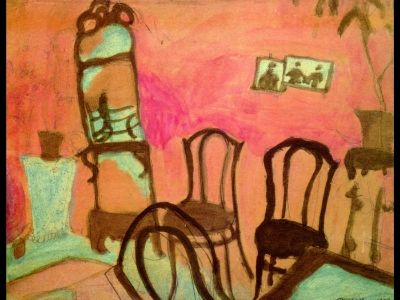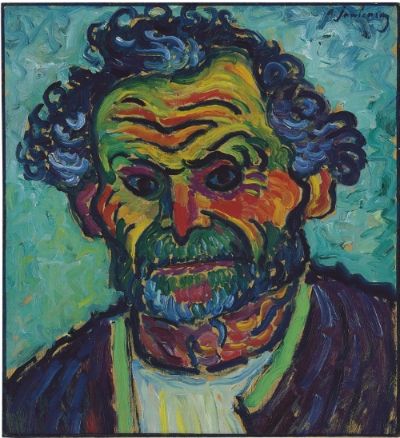Summer is a little sneaky.
Every year, as spring rains slow and the lawn needs to be mowed less often, our hearts beat faster at the thought of slowing down-- of true aimlessness, of space, of afternoons that unspool themselves willy-nilly as we sit, immobile, by a fan.

The heat never ceases to show up, but how often do we get to August and realize yet again, in the flurry of vacations and our usual commitments, we scheduled ourselves right out of wasting time?
It is a happy paradox that sometimes, we are most richly productive at our leisure. It's true that doesn't translate into billable hours, but how often during the daily frenzy do we actually pay attention to the things tickling the backs of our minds? We all have those questions: who am I? Where am I headed? Where am I suceeding, where am I failing, where do I need to reach for others? Where do I need to reach for God?
Books can be portals into a deeper awareness of ourselves and our place in the human family. We may not even be aware of grappling with a particular issue until we observe, enraptured, a character's choice.

In Jill McCorkle's
Life After Life, some of the characters seem so familiar to us, as do their decisions. We meet Sadie, the gentle octagenarian who dedicated her life to teaching and loving children-- especially those others considered unteachable or unlovable. She is optimistic, pragmatic, and kind, and chooses to respond to those impulses in others. Have we known others like that? Are we ever like that ourselves?
Then there's C.J. That's short for Carolina Jessamine, far too precious a name for someone so often treated like garbage, and she knows it. Though some can recognize her inner beauty, she despises vulnerability and hides beneath a layer of tattoos, nicotine, and profanity. Her passages can be hard to read, but she's trying. She loves her son and is determined to give him a better life. Can we identify with that drive, if not with the grit? (Do we secretly identify with the grit?)
If you've begun the novel, how are you finding the characters? As their lives unwind and entertwine, do you find yourself caught up in the story?
Do you catch a glimpse of your own?
We invite your feedback on this and any of the posts on the blog this summer. Grab a cold drink, sit near the fan, and chat books with us-- steps for posting your comment are over on the right side bar. We want to hear what you think as you take a few moments to slow down, enjoy the summer, and join the conversation.





